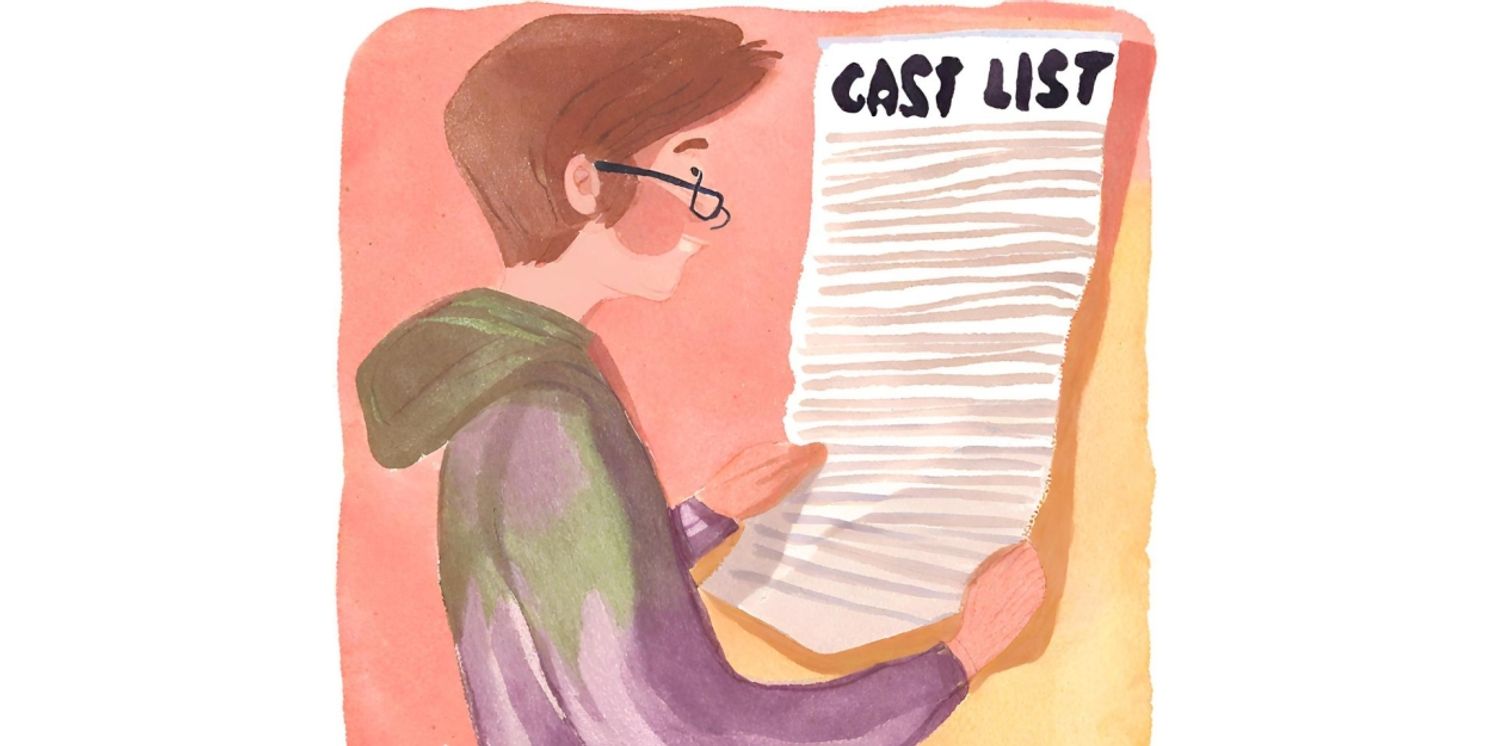Student Blog: Behind the Cast List
Debunking the most common casting myth.

At one point or another, we have all not been cast in the part we wanted. Whether it be for a school production or community theater, the drama surrounding a cast list can be endless. Most of this drama sprouts from a misunderstanding of what truly goes into casting a show. Many people who are new to the theater world assume that the lead role goes to the “best” performer, however, this couldn’t be more untrue.
The first thing to remember is that art is very subjective. How one director casts a show can be completely different from how a different director would cast the same production. When a director goes to cast a show, they approach auditions with a general idea of their plans for the production. These plans include what specific qualities they are looking for to fill each role. Different directors will prioritize different attributes depending on their vision and the show they are casting. For example, the role of Reno Sweeney in Anything Goes has been played by both strong dancers and non-dancers. It is up to the director to decide whether dance ability is a priority to them when casting this role. If dancing is a priority to the director, they may end up casting the better dancer as Reno, even if they prefer another performer’s singing.
Casting a show is often compared to completing a puzzle. Each performer is a puzzle piece and has a specific role they need to fill to complete the puzzle. It is up to the director to figure out how to put this puzzle together. To set this analogy to a “real” casting scenario, let’s say we have two performers: Sally and Kathy. Sally and Kathy both audition for a production of Oklahoma! Both actresses have a great audition for the female lead character, Laurey. Kathy also has a great audition for the supporting female character, Ado Annie. The director cares greatly about casting an actress with fantastic comedic timing in the role of Ado Annie. Kathy is the only auditionee who fulfills the director’s hopes. So, Kathy is cast as the supporting character role of Ado Annie, and Sally is cast as the lead role of Laurey. Just because Kathy isn’t technically cast in the lead role does not make her any less talented than Sally. After all, they both gave fantastic auditions. However, the director needs Kathy to play Ado Annie even though she could also play a fantastic Laurey.
Another harsh reality of casting is that physical attributes are often considered while casting. On a simple level, if a character is referenced as being very short, a director will likely not cast a tall performer in the role. Additionally, if the director is casting a family, they cannot cast an actress to play a daughter if they look the same age or older than the actress playing the mother. It is important to remember that you cannot control such physical attributes! While it is frustrating to not be cast in a role, fixating on components that you cannot control can be a harmful mentality. The most any performer can do is prepare their material and give a fantastic audition!
There is a lot in the casting process that actors cannot control. It is impossible to know what a director is looking for in each performer. It is important to remember that being cast as the lead role doesn’t make an actor “better” than any other actor in the cast. This can be difficult for younger and newer performers to grasp, especially in school settings. The next time someone is upset over their role, remind them it is okay to be disappointed, but every performer is a vital piece to the show’s puzzle!
Videos


